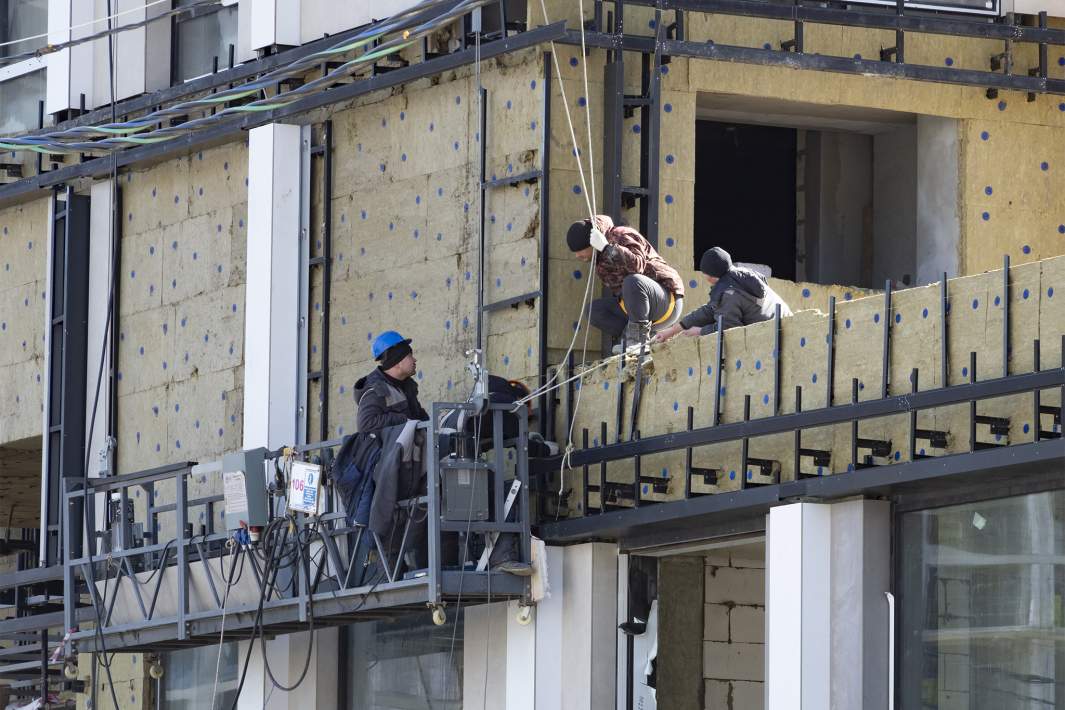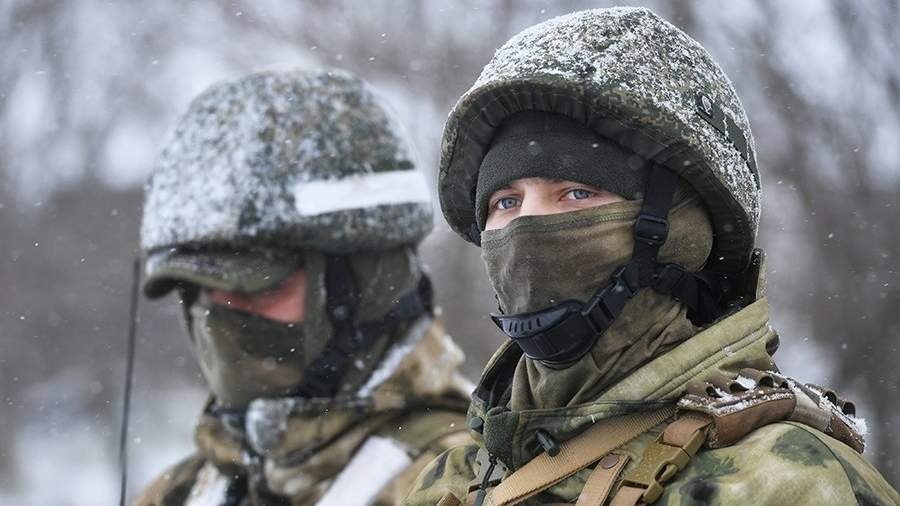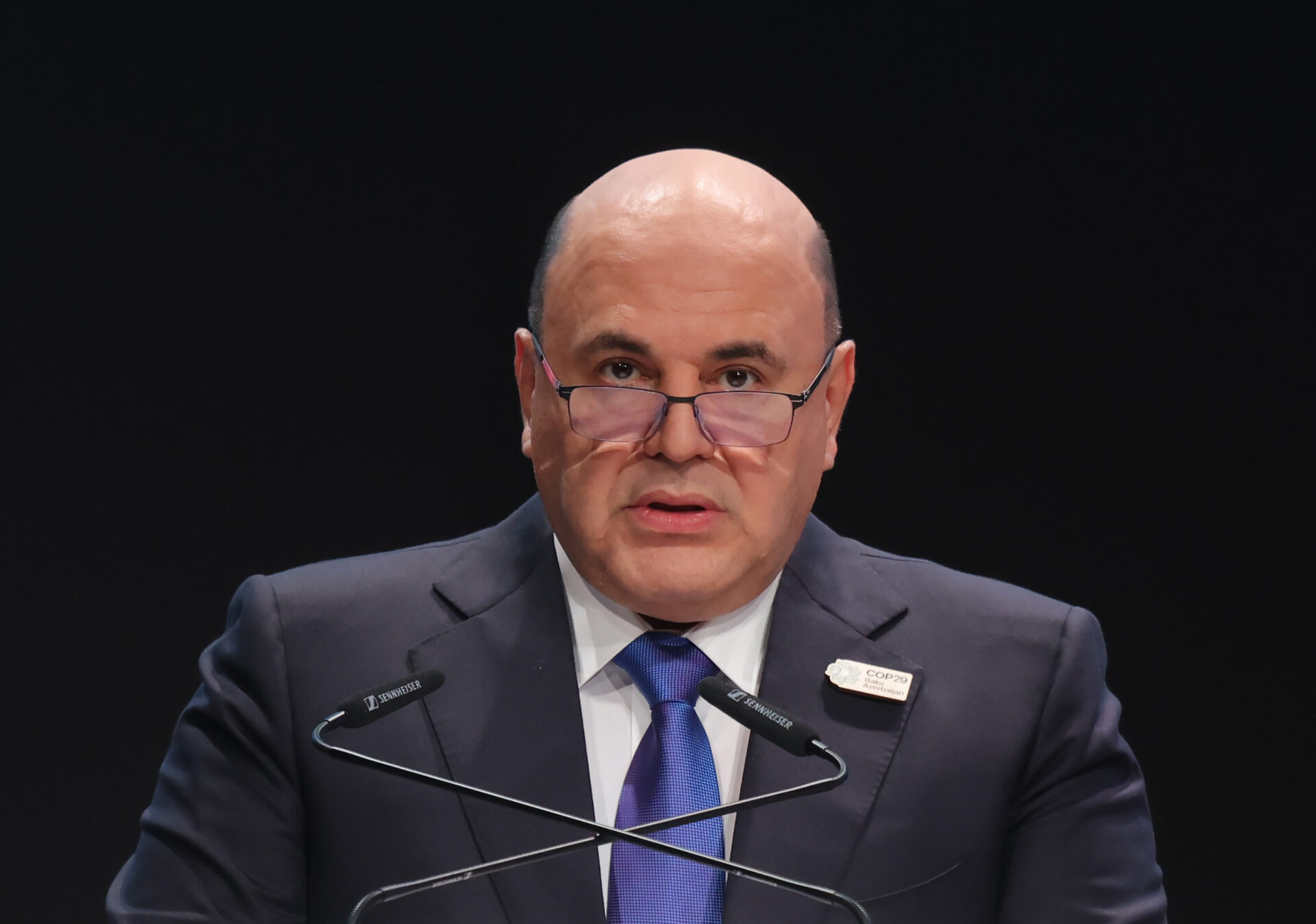
Russian Firms Rapidly Falling Behind in Paying Workers
Russian Firms Rapidly Falling Behind in Paying Workers
Executive Summary:
- Russian employers are falling behind in paying their workers—with wage arrears increasing by at least four times over the last year—sparking strikes in industries including those related to defense.
- The number of workers not paid on time is nowhere near what it was in the late 1990s, when as many as 60 percent of Russian workers were paid late, but the increase since Putin launched his full-scale invasion of Ukraine is attracting attention.
- Wage arrears are likely to continue to increase and spark more strikes. They appear unlikely to threaten the regime, however, because Moscow provides targeted cash infusions to keep strikers in one place from uniting with those in others.
In most countries, employees either go on strike or quit when not paid on time. In the Russian Federation, however, workers often lack good alternatives to remaining in place. The Russian government strongly discourages firms from letting workers go lest unemployment surge and production decline. In the 1990s, this led to a dire situation for many workers, with up to 60 percent not being paid on time but remaining in their jobs. In the first two decades of Russian President Vladimir Putin’s rule, this problem declined in size as the economy improved, though it never completely disappeared (Proved.rf, May 2, 2017). In the three years since Putin launched his full-scale invasion of Ukraine, wage arrears have exploded, not to the scale of the 1990s, but large enough that it has sparked strikes across the country. There is speculation in Russia and the West that this problem could trigger the rise of a worker movement that could threaten the Putin regime and force it to change course on Ukraine (Okno, June 27; Window on Eurasia, June 30; Vazhnye Istorii, November 13). Such an outcome is unlikely anytime soon, even though Russian experts say that wage arrears amounts, the number of Russian employees affected, and the number of strikes are likely to increase. The Kremlin can and likely will continue to provide targeted cash infusions to particular firms to undermine strikers and keep those engaged in work stoppages in one place from linking up with those in others (Vazhnye Istorii, November 13; Ekho Rossii, November 16).
The problem of wage arrears is attracting attention because of the rapid rate at which the amount of money owed has been rising, rather than because of the overall scale of the problem. This increase has led to speculation about whether the trend will continue and what its impact will be on the Russian economy and Russian politics. The problem of unpaid wages began to shoot up immediately after Putin’s full-scale invasion of Ukraine in February 2022 and the amount of money, number of workers and sectors affected, the regions of the country affected, and frequency of consequent strikes has continued to intensify in the years since (Window on Eurasia, July 18, 2022, January 2, 2023, April 10). Over the last year, the problem has worsened at the fastest rate yet. Wage arrears between September 2024 and September 2025 “quadrupled, and workers in construction, mining, and even strategic defense plants say they are going months without pay,” according to Russian government statistics and an independent assessment published last week (Vazhnye Istorii, November 13). As of the end of September, employers owed their employees 1.95 billion rubles ($24 million), a figure four times higher than a year earlier. Only about 10,000 workers were directly affected, a tiny fraction of the total labor force of nearly 75 million (.013 percent).
There are three reasons why these statistics do not accurately reflect the situation and may seriously understate the problem. First, the Russian government no longer collects or at least publishes data on wages owed by small companies, where half of all Russians are employed. This means that the actual figures on wage arrears are likely at least twice as high as reported (Rosstat, September 2024). Second, in the last two years, the Kremlin has reduced its monitoring of wage collection, even in large companies. Even for the firms that the state statistics agency, Rosstat, claims to be assessing, it is not reporting everything (Window on Eurasia, June 30). Third, the failure of firms to pay back wages is not distributed equally across the country or among the various sectors of the economy. Wage arrears are concentrated in industries—including defense plants, coal mining, and construction—that are especially important to the regime and population. Complaints and strikes have hit these sectors harder than they have affected others (Kommersant, November 7).
The Rosstat data presents the most comprehensive figures available and is suggestive, if not definitive. According to the figures, for example, 44.1 percent of all wage arrears are in construction and 17.5 percent in mining. An examination of the situation by the Important Stories (Vazhnye Istorii, Важные Истории) media outlet concluded that “examples of this problem can be found in almost every sector,” including defense firms, shipbuilding, and nuclear power plant construction, suggesting that the problem is more widespread than Moscow acknowledges (Vazhnye Istorii, November 13). The increase in the amount of money owed also reflects rising wages, which means that each worker not paid accounts for a greater share of the total, and rising interest rates, which keep companies from borrowing money to pay wages. The Important Stories piece and other discussions since Rosstat released its data last month all conclude that the problem is far less serious than the wage arrears crisis of the 1990s, but more so than the Russian government is prepared to acknowledge (Ekho Rossii, November 16).
For the time being, the back wages firms owe their employees and the strikes they have triggered are more annoyances than a crisis. This is likely to remain true as long as Moscow is able to funnel money into key plants to undercut strikes and use its police powers to keep strikes from growing into more general protest actions. It is unclear if the Kremlin’s approach will continue to work or if wage arrears and resulting strikes could eventually challenge the Kremlin’s ability to control it. As Russian political scientist Dmitry Oreshkin points out, no one can accurately predict what will trigger a crisis in Russia, or whether the regime’s efforts to maintain control could raise worker demands beyond its ability to manage (Tochka, November 17). The wage arrears problem in Russia, while not yet a crisis, will remain an important aspect of the watching brief of all those concerned about the future of Putin’s Russia.


